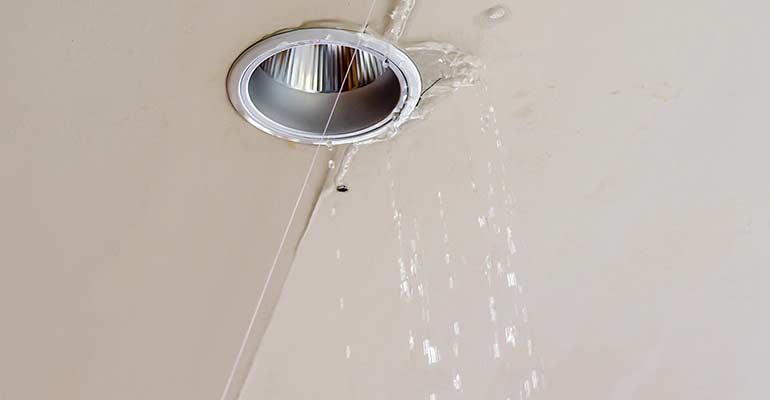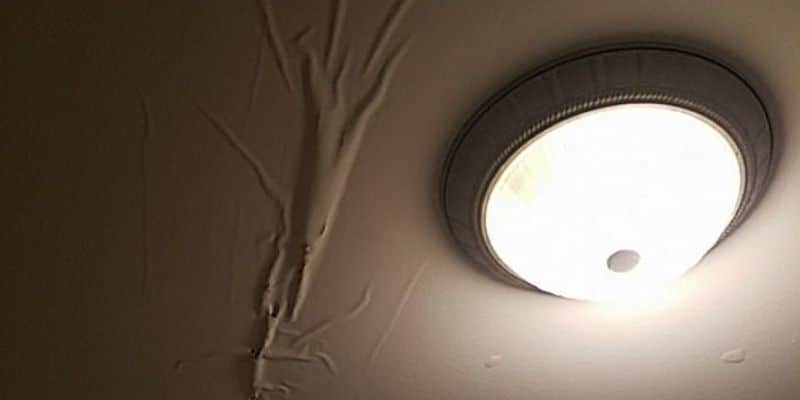6 Most Common Origins of Water Leaks in Your Home: A Guide
6 Most Common Origins of Water Leaks in Your Home: A Guide
Blog Article
They are making a few great annotation regarding How to Find Water Leaks as a whole in this post directly below.

Leakages not only trigger waste of water but can additionally trigger unneeded damage to your residence as well as advertise unwanted natural growth. By looking as well as comprehending for day-to-day scenarios that cause leakages, you can safeguard your residence from future leakages and unnecessary damages.
Instant temperature level modifications.
Severe temperature adjustments in our pipes can trigger them to increase and contract suddenly. This growth and contraction might create cracks in the pipelines, especially if the temperature level are below freezing.
Corroded water supply
As time passes by, your plumbing system ages and rust such as rust might begin eating away the pipes. This may be the source of staining or warping on your pipes. This calls for an assessment with your plumber quickly. Think about replacing the pipelines since they are at a higher danger of rust than the more recent versions if our plumbing system is old.
Malfunctioning Pipeline Joints
The factor at which your pipelines connect is frequently the weakest web link in the waterline. Pipeline joints can wear away over time, resulting in water leaks. Unfortunately, the majority of pipe joints are not conveniently noticeable. If you have loud pipes that make ticking or banging noises, especially when the warm water is activated, your pipeline joints are possibly under a great deal of stress. It is a good idea to have your plumber check your system once a year.
Encroaching origins
The majority of water leakages begin outside the house as opposed to inside it. If you see an unexpected reduction in water pressure, say in your faucet, take some time to head out as well as examine your backyard. You might see wet spots or sinkholes in your lawn, which may indicate that tree roots are invading water lines creating water to leak out. You can have your plumber check for intrusion, specifically if you have trees or bushes near your residential property.
Poor Water Connectors
Sometimes, a leak can be brought on by loose tubes as well as pipes that supply your devices. Typically, shifting is what creates the loose water Links. You might locate when it comes to a washing maker, a hose pipe might spring a leak as a result of shaking throughout the spin cycle. In case of a water connections leakage, you may see water running directly from the supply line or pools around your appliances.
Clogged Drains
Clogged drains pipes might be frustrating and inconveniencing, yet they can often wind up causing an overflow bring about burst pipes. Keep eliminating any kind of products that might go down your drains pipes that can clog them to prevent such troubles.
All the above are reasons for leakages but not all water leaks arise from plumbing leakages; some leakages might originate from roofing system leakages. All leakages need to be repaired right away to stay clear of water damages.
Leaks not only trigger waste of water yet can also cause unnecessary damages to your residence and also promote unwanted organic development. By recognizing and also looking for daily scenarios that create leaks, you can protect your house from future leaks and also unnecessary damage. Today, we will certainly look at six leakage creates that might be creating your pipelines to drip.
At times, a leak can be triggered by loose hose pipes as well as pipelines that provide your home appliances. In situation of a water links leak, you may notice water running directly from the supply line or puddles around your appliances.
How To Check For Water Leak In Your Home
How To Check for Leaks
The average household's leaks can account for nearly 10,000 gallons of water wasted every year and ten percent of homes have leaks that waste 90 gallons or more per day. Common types of leaks found in the home are worn toilet flappers, dripping faucets, and other leaking valves. These types of leaks are often easy to fix, requiring only a few tools and hardware that can pay for themselves in water savings. Fixing easily corrected household water leaks can save homeowners about 10 percent on their water bills.
To check for leaks in your home, you first need to determine whether you're wasting water and then identify the source of the leak. Here are some tips for finding leaks:
Take a look at your water usage during a colder month, such as January or February. If a family of four exceeds 12,000 gallons per month, there are serious leaks.
Check your water meter before and after a two-hour period when no water is being used. If the meter changes at all, you probably have a leak.
Identify toilet leaks by placing a drop of food coloring in the toilet tank. If any color shows up in the bowl after 10 minutes, you have a leak. (Be sure to flush immediately after the experiment to avoid staining the tank.)
Examine faucet gaskets and pipe fittings for any water on the outside of the pipe to check for surface leaks.
Undetected water leaks can happen without the home or business owner even realizing. If you suspect a water leak, but not able to find the source. It is time to contact a professional water leak detection service, The Leak Doctor.
How To Find a Water Leak In Your Home
https://www.leakdoctor.com/blog/How-To-Check-For-Water-Leak-In-Your-Home_AE197.html

I was guided to that article on How Fast Water Damage Can Ruin Your Home through a good friend on another web page. Enjoyed reading our post? Please share it. Help somebody else discover it. I cherish reading our article about How Fast Water Damage Can Ruin Your Home.
Click Here Report this page